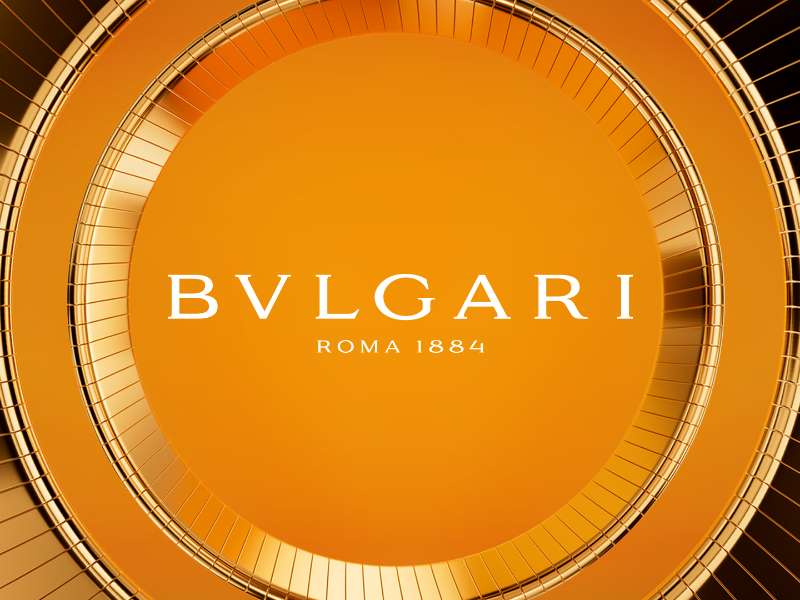Man Ray returns to Milan. A posthumous return, certainly, but a necessary one. Almost half a century after his death, the retrospective that Palazzo Reale will host from September 2025 promises to restore the meaning of a work that spanned the twentieth century without ever losing its disruptive power. Not a simple celebration, but an investigation into the very nature of vision, into the possibility that the image does not limit itself to representing but exists as an autonomous form of thought. Born in Philadelphia in 1890, Emmanuel Radnitzky moved to New York, where he encountered the ferment of the avant-garde and became friends with Marcel Duchamp. It was the key passage: art stopped being a formal exercise and became a concept, a provocation, a search for new codes. 1921 marked his move to Paris, the meeting with Breton, Aragon, Éluard and above all with Alice Prin, better known as Kiki de Montparnasse, muse and companion, protagonist of shots destined to become icons. Le Violon d’Ingres, the perfect face juxtaposed with the illusion of a body-instrument, already tells it all: the game, the ambiguity, the short circuit between reality and artifice. Man Ray is not satisfied with photography as a recording. He bends it, deforms it, reinvents it. With rayographs, he develops images without a camera, exposing objects directly on the sensitive paper. With solarizations, he inverts light and shadow, alters perception, reveals unthinkable details. He arrives at fashion almost by chance, but transforms it into a field of experimentation, giving the magazines of the time a gaze that is at once aesthetic and conceptual. In 1940, the war forces him to return to the United States. Hollywood is not Paris, and Man Ray struggles to find his own space. He returns to France in 1951 and remains there until his death, faithful to the city that more than any other has been able to welcome and amplify his research. The Milanese exhibition retraces his journey through original materials: vintage prints, negatives, collages, documents. But more than a biographical itinerary, it is a survey of a method, of an idea of photography that is not content to reproduce but seeks to reformulate the visible. Self-portraits, muses, nudes, fashion, technical experiments intertwine in a story that is first and foremost a challenge to the limits of language. Because Man Ray, ultimately, was this: an artist who demanded much more from photography than it was willing to grant.

Bvlgari opens its new flagship store at Via Montenapoleone 2: a perfect fusion of Roman-inspired charm and Milan’s rich architectural heritage.
To coincide with the launch of the shop, the boutique will feature the Tubogas & Beyond presentation of pieces from the Bvlgari collection. Iconic jewels and watches will be on display, including the first ...